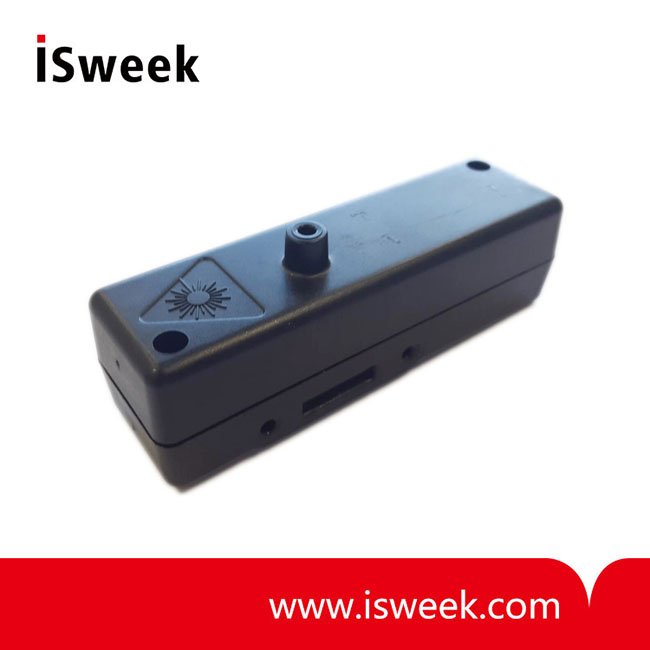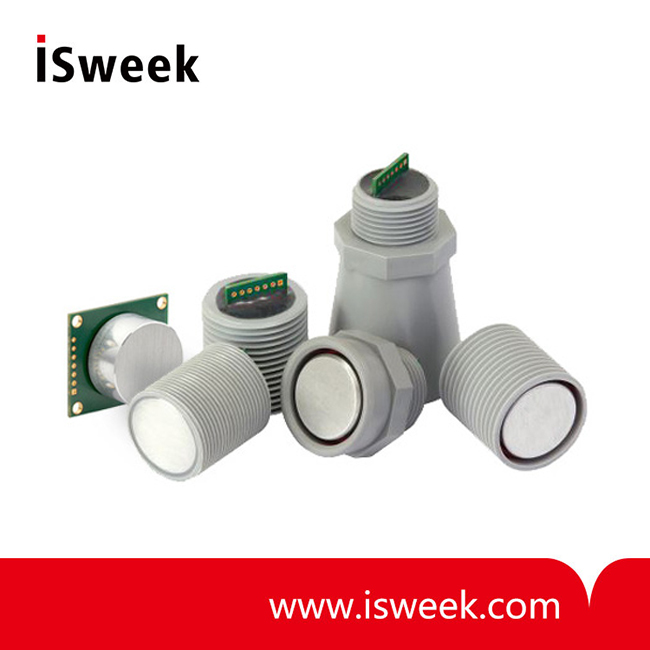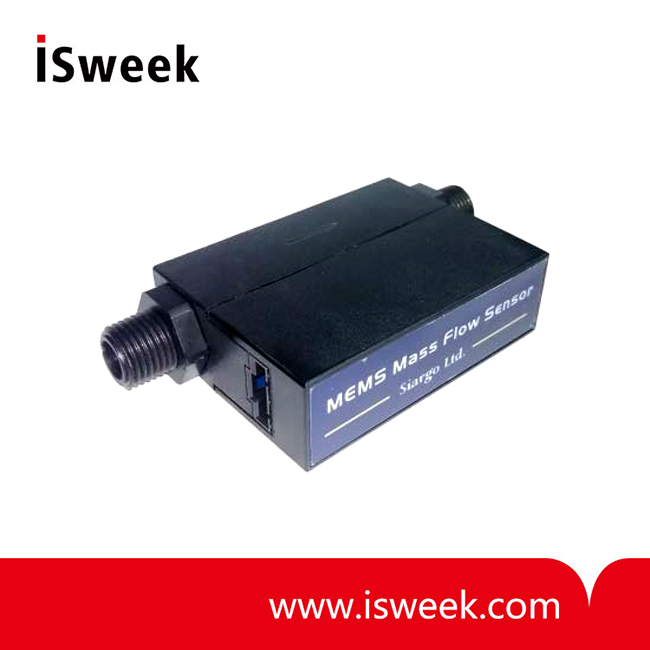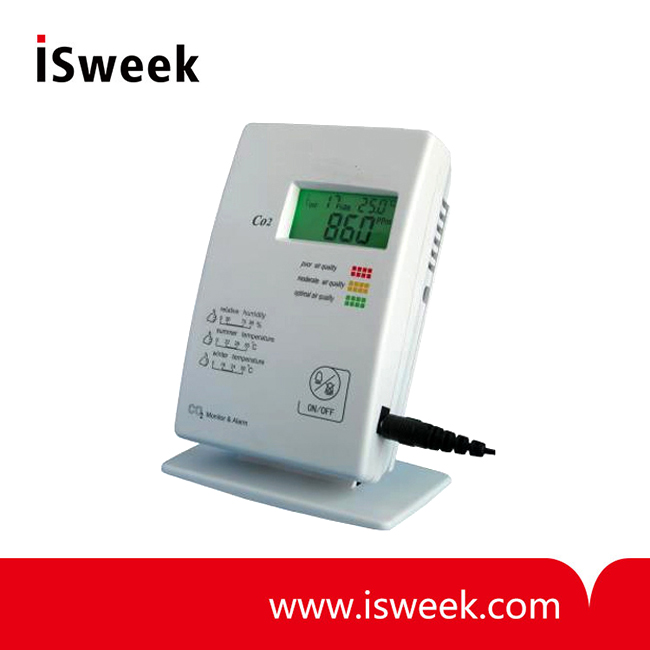It is known to all that when a fire happens, the combustion products mainly are CO, CO2 and H2O. These products appear much earlier than burning smoke (scores of minutes to couple of hours). Unlike the smoke particles in fire smoke, gas needs much less heat driving to rise rapidly. Due to the influence of ambient humidity, commonly H2O is not considered as a fire detection parameter. CO is a special sign of fire appearing in very early stage. Normally the air contains very little CO. Even in places where contains more CO, such as kitchens, the content is still under 20ppm. However in a fire, the sufficient burning of almost every material will produce CO, especially in smoldering combustion. From the start of fire to violent flaming, CO is generated from none, accumulated, and gradually decrease in a regular manner. Moreover, the density of CO is lower than air, making it easier to floating to fire detector in the ceiling so as to get advanced warning. Generally, fake source of fire generates no or very little CO, thus CO is ideal indicator for advanced fire detection. It is very important for the arrangement of detectors and information capture of early stage of fire.
On the production of CO, there have been many researches worldwide. For example, in 1994 Jackson and Kobins experimentally measured the max production of CO in unit area of 6 kinds of EN fire: open fire of woods, wood pyrolysis, smolder fire of cotton, open fire of polyurethane plastic foam and normal heptane open fire.
Also, in his experiment in 1997, Pfister monitored the changing process of CO production in several standard fire. In the period after the fire happens, the concentration of CO arises, apparently higher than the ambient concentration before the fire.
In order to evaluate the adaptability to various kinds of fire of the pattern, British researchers implemented control experiment on 7 kinds of detectors, including CO sensors, temperature sensing detectors and light beam type smoke sensing detectors, with 6 sorts of EN fire. The experiment shows that CO sensor, among the seven, is the only detector that respond to all 6 kinds of test fire.
The British researchers did combustion tests in enclosed area (fire in sealed closet and waste-paper basket). At 25min before any smoke sensing detectors responded, the concentration of CO produced in the fire had reached 50 ppm, and thus CO sensor was able to respond.
Furthermore, real fire condition tests indicates that, in most cases, including those with forced ventilation, CO can be a favorable fire indicating gas. When fire appears in the form of smoldering, like those in residential area or offices, CO would be the best indicator, for that CO can reach valid concentration in hours before smoke can be detected.
Previously, the application of CO sensors was limited by people’s low awareness and its drawbacks of low sensitivity, high power consumption and high cost. In recent years, breakthroughs are made in CO sensing technology, for instance, its power consumption is significantly lowered, while sensitivity and lifespan is improved.
At present, we ISWeek are glad to supply two types of CO sensors, TGS5141 and TGS5042. The details are as follows:

Features of CO Sensor TGS5141:
- Ultra compact, similar to a cell battery in size
- Battery driven available
- High selectivity/ repeatability to CO
- High linear output feature to CO
- Easy calibration
- Long lifespan
- UL certified
- Conform to requirements in UL2034, EN50291 & EN54-31

Features of CO Sensor TGS5042:
- Battery driven available
- High selectivity/ repeatability to CO
- High linear output feature to CO
- Easy calibration
- Long lifespan
- UL certified
- Conform to requirements in UL2034, EN50291 & RoHS.






